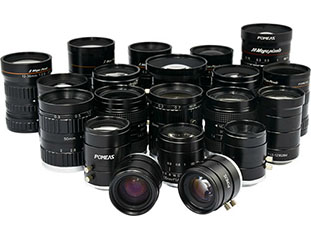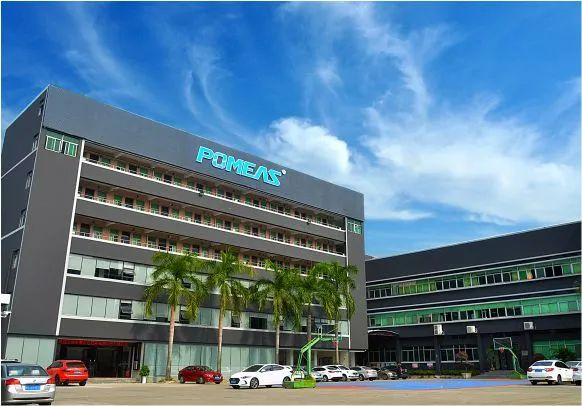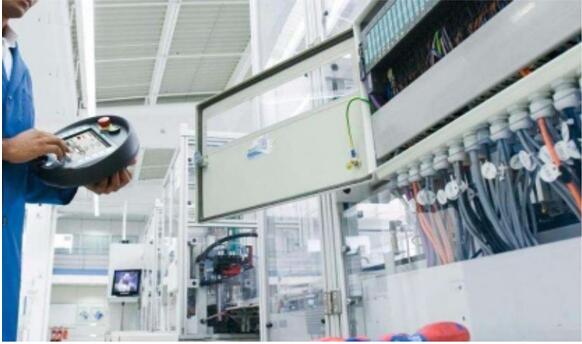As an engineer in the machine vision industry, do you often encounter problems such as difficulty in matching parameters during selection and unsatisfactory imaging results during use when working with FA lenses? Don't worry. This article provides practical solutions to common problems encountered during the selection and use of FA lenses.


1. Understanding FA Lens Parameters
For example, improper resolution selection can directly affect image quality. If the object being inspected has rich details but a low-resolution FA lens is used, this will result in loss of detail and affect inspection accuracy. In such cases, you need to calculate the required lens resolution based on the minimum feature size of the object being inspected to ensure that the lens resolution meets or exceeds the system's requirements. Additionally, the selection of working distance and focal length is critical. If the working distance is too close or too far, exceeding the lens's operational range, the object may not be imaged clearly. You can calculate the appropriate focal length using a formula and then determine the working distance based on the actual working environment to select the suitable lens.
2. FA Lens Blurred Image
This may be due to the lens focal length not being properly adjusted. You can carefully adjust the lens focal length knob until the image is clear. It may also be due to dirt or dust on the lens surface affecting light transmission. In this case, gently wipe the lens surface with a professional lens cleaning tool. Another possibility is that the light source is incompatible with the lens, causing uneven light distribution and resulting in a blurry image. You should select an appropriate light source based on the lens's characteristics. For example, in scenarios requiring high-contrast imaging, a coaxial light source can be used.
3. Distortion of FA lenses
This is typically caused by the lens's inherent distortion characteristics, with different types of FA lenses exhibiting varying degrees of distortion. When selecting a lens, you may prioritize those with minimal distortion; if distortion is already present, it can be corrected using machine vision software to minimize its impact on detection results.
Additionally, mismatched lens interfaces with the camera can cause issues during use. When selecting a lens, ensure that the lens interface type matches the camera interface type, such as C-mount or CS-mount. If a mismatch has already occurred, you can use the appropriate interface adapter ring to resolve the issue.


We hope that the above analysis will help you avoid pitfalls when selecting and using FA lenses. If you encounter other difficult problems, please feel free to leave a comment and share your thoughts so that we can discuss solutions together.
Product recommendation
TECHNICAL SOLUTION
MORE+You may also be interested in the following information
FREE CONSULTING SERVICE
Let’s help you to find the right solution for your project!


 ASK POMEAS
ASK POMEAS  PRICE INQUIRY
PRICE INQUIRY  REQUEST DEMO/TEST
REQUEST DEMO/TEST  FREE TRIAL UNIT
FREE TRIAL UNIT  ACCURATE SELECTION
ACCURATE SELECTION  ADDRESS
ADDRESS Tel:+ 86-0769-2266 0867
Tel:+ 86-0769-2266 0867 Fax:+ 86-0769-2266 0867
Fax:+ 86-0769-2266 0867 E-mail:marketing@pomeas.com
E-mail:marketing@pomeas.com
